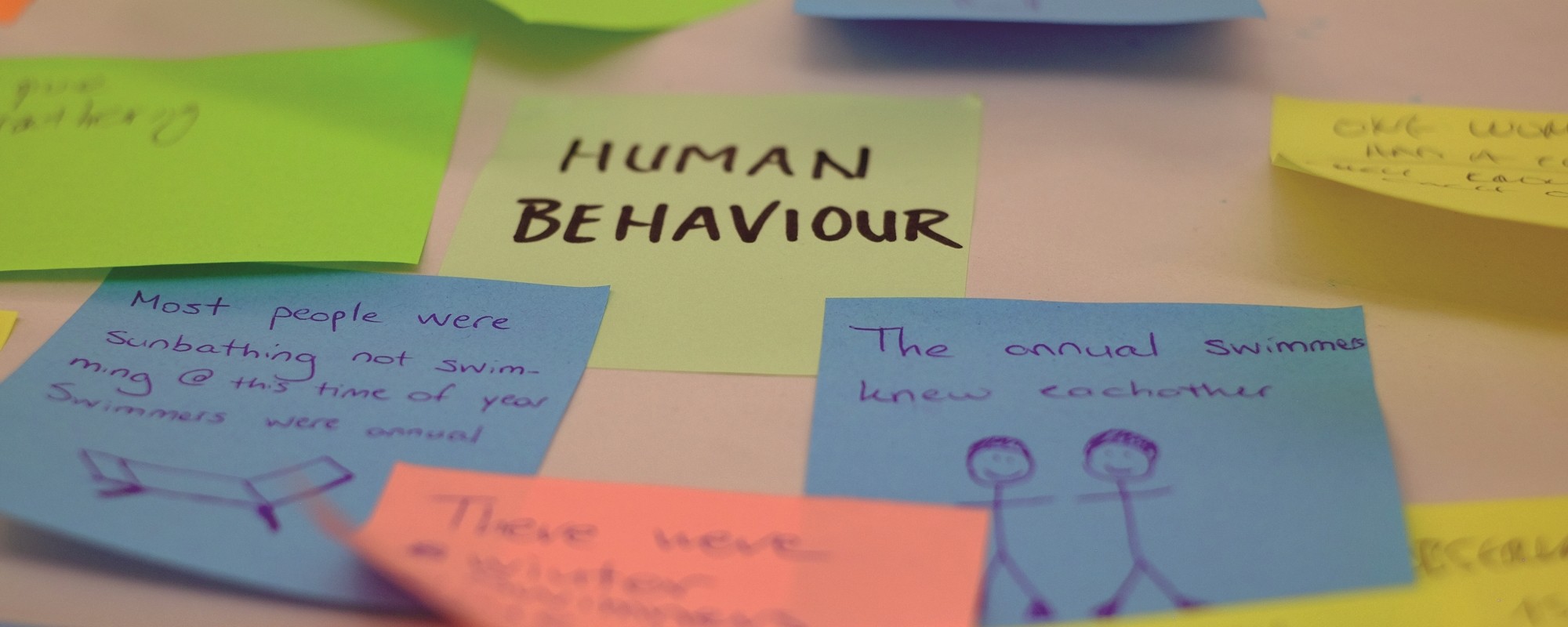Author: Daniela Quacinella
Picture the following. You are a museum director or curator who wants more locals in your space. You are confident that your next art event will attract them: a prestigious artist from London, a series of exciting talks… You are certain it will be a success, because your passion and knowledge are behind this activity. On the day, as you stand near the entrance with excitement tingling across your fingertips, you slowly begin to despair. Despite a great marketing campaign, the local residents congregate anywhere but the museum. What went wrong?
Ask a design researcher, and you’ll find out that the first misstep was to assume your target audience would share your passion. The designer would ask: Why should people care about your museum? Contemporary design practice requires you to put yourself in somebody else’s shoes.
I’ve been applying a design approach to meetings and workshops: making thoughts and ideas tangible in a visual way. It’s a powerful communication tool, and it is really useful for making collective, complex decisions. I draw inspiration from emerging design practices like design for social innovation, transition design, and strategic design, as the focus moves away from objects towards ‘ways of thinking and doing’. In undergoing this shift, design becomes a means to tackle social, environmental, and political problems.

Designers’ ‘magic formula’ is ‘design thinking’: it is an evidence-based, solution-focused iterative process with a clear set of steps that aims to make sense of the mysterious process of creativity. Let’s go back to the museum. Rather than starting from your impossible-to-fail art event, the first step of this process requires research and an understanding of the local context, by observing and interviewing people to figure out their needs.
Another basic principle of the design process is the ongoing experimentation by externalising ideas in brainstorming sessions and adopting a hands-on approach in prototyping and testing. One of the most challenging and exciting things I do is teaching design. It is a mindset and a practice that can’t be acquired through theory and books. You can easily memorise the design thinking process, but what’s the use of a compass if you are not travelling? So I asked my students to conduct a research project on re-imagining the future of education in 2050 with the use of emerging technologies.
Learning to be an innovative designer requires tapping into your own motivation, personal interests, and values. Giving students a future-oriented project encourages them to critically reflect on future needs, challenges, and opportunities for education in 2050 to bring forward and envision preferable futures. Embracing this learning method can be daunting for students who are used to memorising concepts to pass exams. My role is to guide them in the process, providing different design frameworks, tools, and methods that support them in building their creative confidence and leading them to be comfortable with the ambiguity and uncertainty of the ‘not yet’.
Back to the museum, if you are a director and want the community around you to rush through the door in anticipation of the latest exhibition opening, step outside and look at the world as if you’ve never seen it before.





Comments are closed for this article!